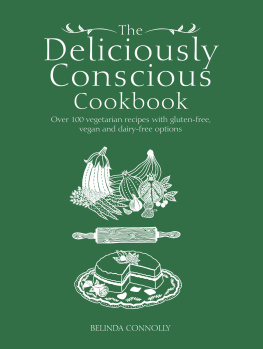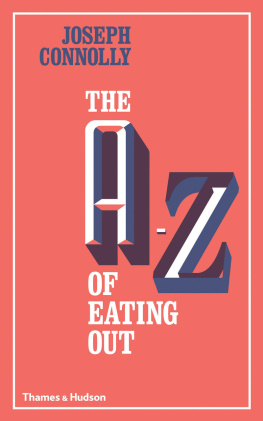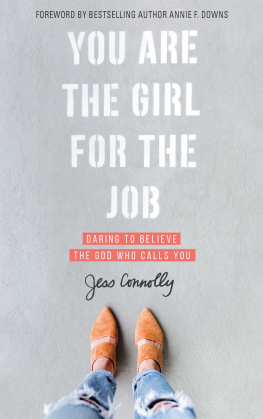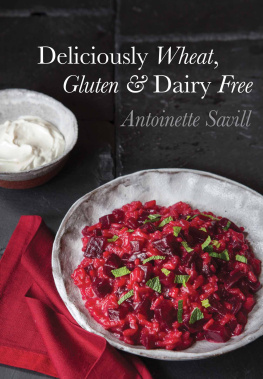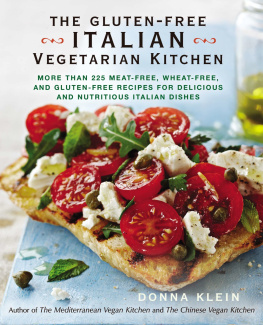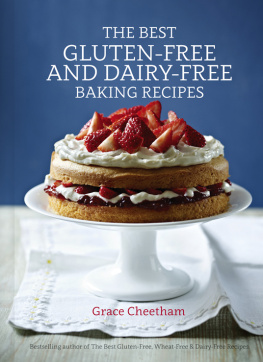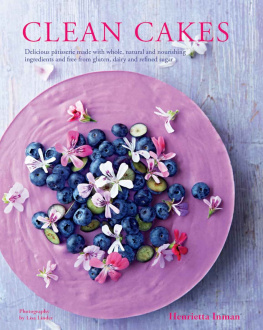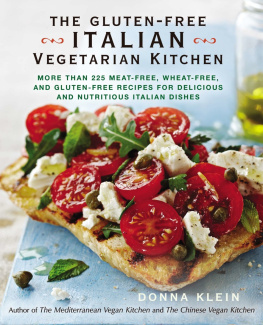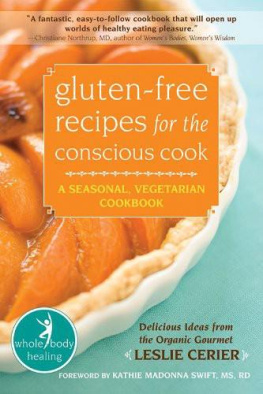First published and distributed in the United Kingdom by: Hay House UK Ltd, Astley House, 33 Notting Hill Gate, London W11 3JQ Tel: +44 (0)20 3675 2450; Fax: +44 (0)20 3675 2451; www.hayhouse.co.uk
Published and distributed in the United States of America by: Hay House Inc., PO Box 5100, Carlsbad, CA 92018-5100 Tel: (1) 760 431 7695 or (800) 654 5126; Fax: (1) 760 431 6948 or (800) 650 5115 www.hayhouse.com
Published and distributed in Australia by: Hay House Australia Ltd, 18/36 Ralph St, Alexandria NSW 2015 Tel: (61) 2 9669 4299; Fax: (61) 2 9669 4144; www.hayhouse.com.au
Published and distributed in the Republic of South Africa by: Hay House SA (Pty) Ltd, PO Box 990, Witkoppen 2068 Tel/Fax: (27) 11 467 8904; www.hayhouse.co.za
Published and distributed in India by: Hay House Publishers India, Muskaan Complex, Plot No.3, B-2, Vasant Kunj, New Delhi 110 070 Tel: (91) 11 4176 1620; Fax: (91) 11 4176 1630; www.hayhouse.co.in
Distributed in Canada by: Raincoast Books, 2440 Viking Way, Richmond, B.C. V6V 1N2 Tel: (1) 604 448 7100; Fax: (1) 604 270 7161; www.raincoast.com
Text Belinda Connolly, 2014
The moral rights of the author have been asserted.
All rights reserved. No part of this book may be reproduced by any mechanical, photographic or electronic process, or in the form of a phonographic recording; nor may it be stored in a retrieval system, transmitted or otherwise be copied for public or private use, other than for fair use as brief quotations embodied in articles and reviews, without prior written permission of the publisher.
The information given in this book should not be treated as a substitute for professional medical advice; always consult a medical practitioner. Any use of information in this book is at the reader's discretion and risk. Neither the author nor the publisher can be held responsible for any loss, claim or damage arising out of the use, or misuse, of the suggestions made, the failure to take medical advice or for any material on third party websites.
A catalogue record for this book is available from the British Library.
ISBN 978-1-78180-276-2 in print
ISBN 978-1-78180-319-6 in Kindle format
ISBN 978-1-78180-318-9 in ePub format
Interior design: Leanne Siu Anastasi
Interior photography: 32tr, cl, bl; 146tr, b; 158bcr; 188tl, tr, cl; 208bl: thinkstockphotos.co.uk; All other photography Carole Salmon, John Meredith and Rick Smaridge
Interior illustrations John Platt

The idea of making and selling high-quality food from a market stall first came about in response to the needs of my family. My partner and I had moved, together with our six-year-old twin daughters, to Totnes in Devon, and I needed a flexible, part-time income that would allow me to be at home with my children. As a trained chef with a lifelong interest in culinary creativity, a regular market stall seemed like a good way to begin.
Totnes is a thriving centre for natural health, so there was demand for quality, gluten-and dairy-free dishes, lower-sugar cakes and vegan alternatives. I wanted to embrace all dietary conditions, so the challenge was to satisfy all demands with wholesome food cooked with integrity. As time progressed, I had the idea of making all our cakes and many of our savoury foods gluten-free, provided there was no sacrifice in taste or texture. This step further influenced the format of The Deliciously Conscious Cookbook, as I have been able to include vegan and gluten-free options with many of the original master recipes, giving a wide range of flexibility for cooks.
Also important was the responsible use of consumer power in making food purchases, an ethical benefit we pass on to our customers. We choose as many ingredients as possible from the seasonal supply, and source organic fruits and vegetables, eggs, cheeses and whole foods from local suppliers. Finally, a message about how to use the recipes in this book:
Let faithful imitation be followed by carefree improvisation.
Have lots of fun!
Belinda

I wrote The Deliciously Conscious Cookbook in response to the growing need for delicious food thats free from gluten, dairy, animal products, cane sugar and nuts. My aim was to bring together a collection of recipes that everyone could eat, and at the same time offer the vegetarian cook extensive freedom of choice when catering for those with diverse dietary needs.
The subject of food allergies and intolerances can present considerable difficulties for the uninitiated cook, and also embarrassing moments for their prospective guests. It took me a while to understand the difference between dairy-free and vegan diets that eggs can be eaten as part of a dairy-free diet, but vegans consume no part of any animal. I had wrongly assumed that eggs were classed as dairy, but have since learned that many people following a dairy-free diet dont want to be excluded from the egg-eating population. Why should they?
Many people choose a gluten-free diet for reasons other than necessity; sometimes they just feel more healthy, or they need to lose weight. Others do so because they have been diagnosed as being sensitive to gluten or, more seriously, having an auto-immune response to gluten, commonly known as coeliac disease, a condition some are born with and others acquire. Gluten is found mainly in wheat and barley, but also, in lesser concentrations, in rye. It is a complex combination of proteins, one of which gliadin is thought to be responsible for triggering an allergic response in the small intestine. The remedy for coeliac sufferers is to eliminate gluten from their diet.
Modern hybrid wheat contains a higher ratio of gluten than older strains, such as kamut and spelt, which are better tolerated by those who are sensitive, but not fully allergic, to gluten. Certified gluten-free oats are mostly well tolerated when harvested and milled in a manufacturing environment that is uncontaminated by gluten. However, 2 percent of people are also allergic to avenin, a protein found in oats. Trial and error usually defines the safe parameters.
For many people, the choice of a vegan diet extends beyond reasons of personal health. For them, it is a powerful empathic act to live a life free from using animal products. Even the word empathy is a relatively recent addition to the dictionary, and the practice of it empowers those who want to take on new responsibilities, often in the face of negative reactions from those who hold on to tradition. Whatever diet you choose to follow, the health benefits of eating a diet rich in whole foods and complex carbohydrates are now widely recognized. The issue of sustainability is also one of growing importance we not only want to eat delicious, wholesome food, we also want to know where its come from.
More people are now beginning to explore their unhelpful relationships with food, asking questions such as: Whos really in charge of what I eat? Is quality or quantity more important? Which part of me really needs feeding, and with what? The weaning process from emotional and energetic dependence on a diet high in refined sugar can be a long journey, but one I hope it will be easier to make with the help of this book. A large number of my cake recipes have lower-sugar options made with lower glycaemic index sweeteners, such as xylitol, pomegranate molasses, or agave or rice syrup. Some of my lower-sugar cakes are an acquired taste for those used to sugary foods. I know of young children who adore my vegan lower-sugar cake; my own had to go on a low-sugar diet to appreciate it!
Next page
